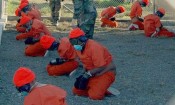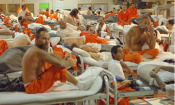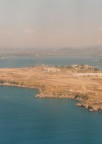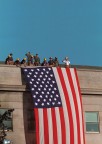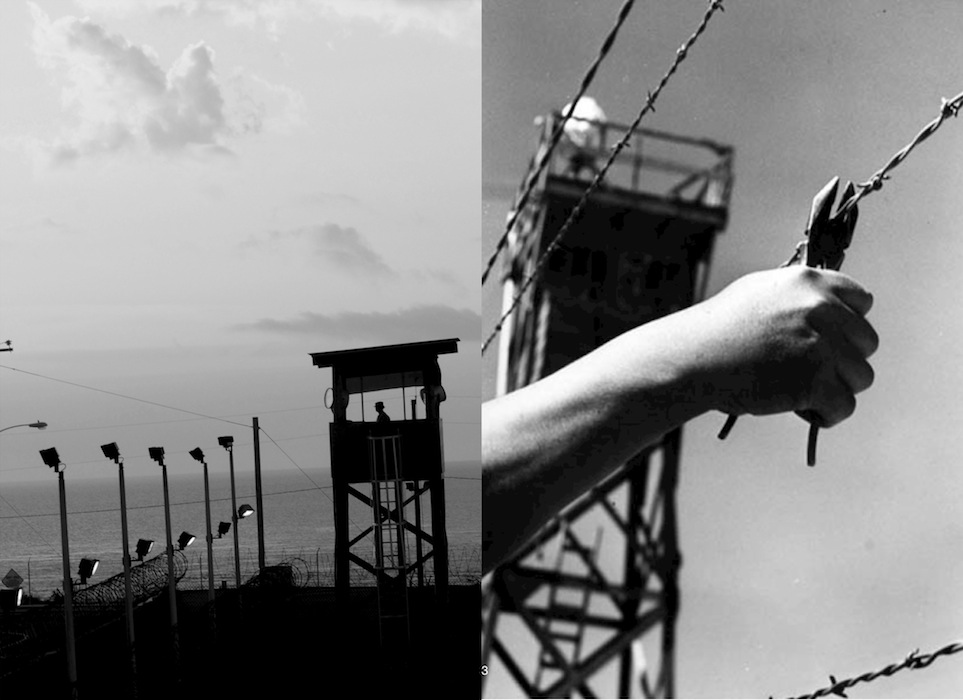
In its two hundred and thirty-six year history, the United States has been attacked twice. Both instances caused the nation to declare war—a war on Japan in 1941 following the bombing of Pearl Harbor and a “war on terror” in 2001 after the attacks on 9/11. Historically, the executive branch has been granted unbridled power to ensure national security during time of war.
Following the attacks on September 11, 2001, President George W. Bush assumed power to jail anyone under suspicion of being an “enemy combatant.” Within two months, over 300 individuals with suspected ties to the Taliban were in U.S. custody at GTMO. In 2003, the population of “enemy combatants” at GTMO peaked at 779. Remarkably, according to the ACLU, 98% of those who have been detained at GTMO have not been sentenced for committing hostile acts against the U.S.
Even though the rightful detention of prisoners at GTMO is tenuous, we make sense of it in the context of war and label them as the enemy. This, however, is a dangerous categorization as we can see from history. On February 19, 1942, ten weeks after the attack on Pearl Harbor, President Roosevelt signed Executive Order 9066, authorizing the mass removal of 120,000 Japanese Americans living on the West Coast. They were spread among ten concentration camps in the interior of the United States for the duration of the war. The official reason for incarceration of these innocent individuals, most of which were American citizens, was to ensure national security.
The two images of guard towers behind barbed wire, although from different time periods and different places, are similar in their function. Both symbolize incarceration, due to wartime hysteria, of individuals associated with the “enemy.” Both instances—historic and contemporary— should cause Americans to ponder: How can we balance national security and civil liberties?
Following the attacks on September 11, 2001, President George W. Bush assumed power to jail anyone under suspicion of being an “enemy combatant.” Within two months, over 300 individuals with suspected ties to the Taliban were in U.S. custody at GTMO. In 2003, the population of “enemy combatants” at GTMO peaked at 779. Remarkably, according to the ACLU, 98% of those who have been detained at GTMO have not been sentenced for committing hostile acts against the U.S.
Even though the rightful detention of prisoners at GTMO is tenuous, we make sense of it in the context of war and label them as the enemy. This, however, is a dangerous categorization as we can see from history. On February 19, 1942, ten weeks after the attack on Pearl Harbor, President Roosevelt signed Executive Order 9066, authorizing the mass removal of 120,000 Japanese Americans living on the West Coast. They were spread among ten concentration camps in the interior of the United States for the duration of the war. The official reason for incarceration of these innocent individuals, most of which were American citizens, was to ensure national security.
The two images of guard towers behind barbed wire, although from different time periods and different places, are similar in their function. Both symbolize incarceration, due to wartime hysteria, of individuals associated with the “enemy.” Both instances—historic and contemporary— should cause Americans to ponder: How can we balance national security and civil liberties?

